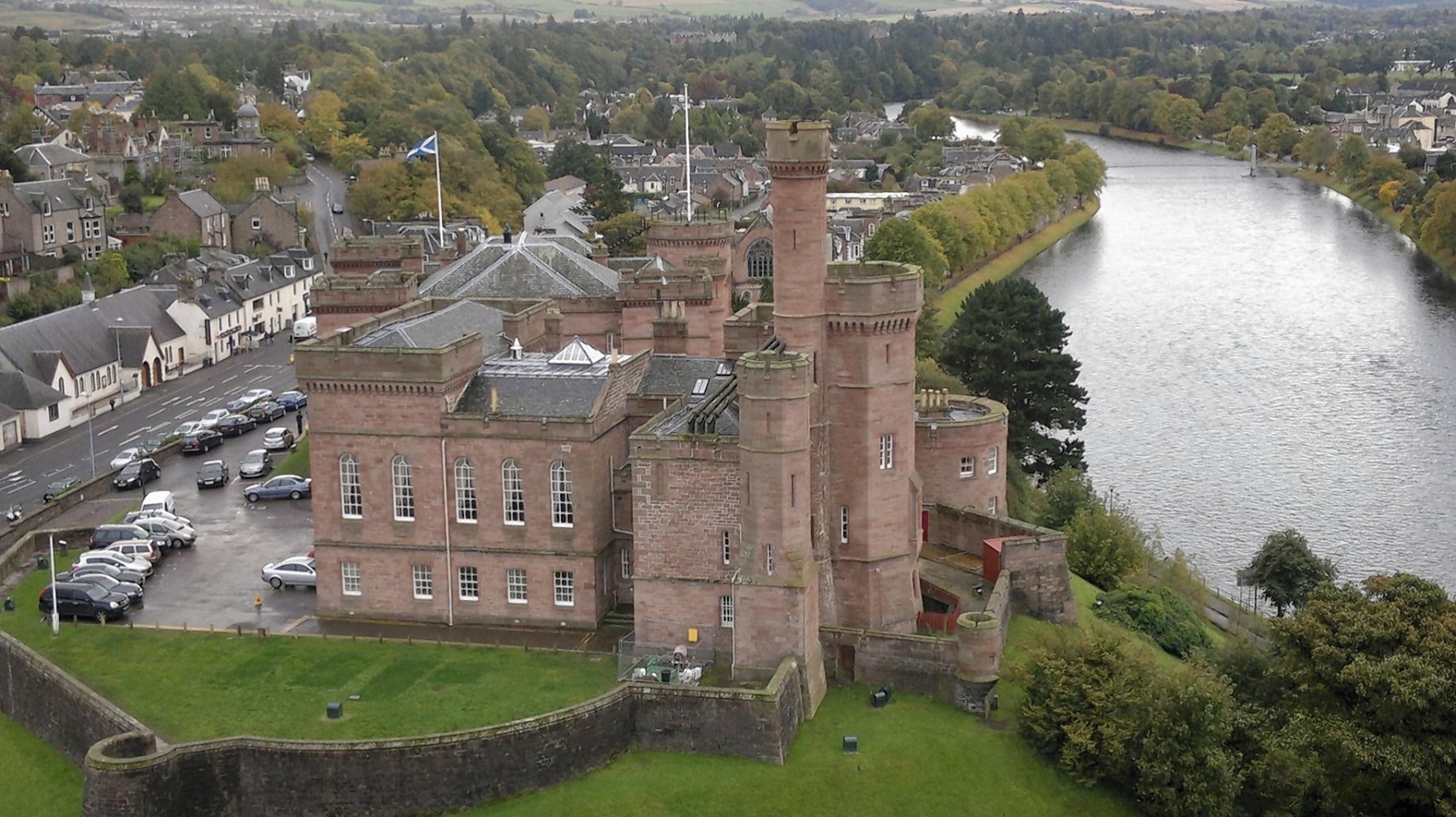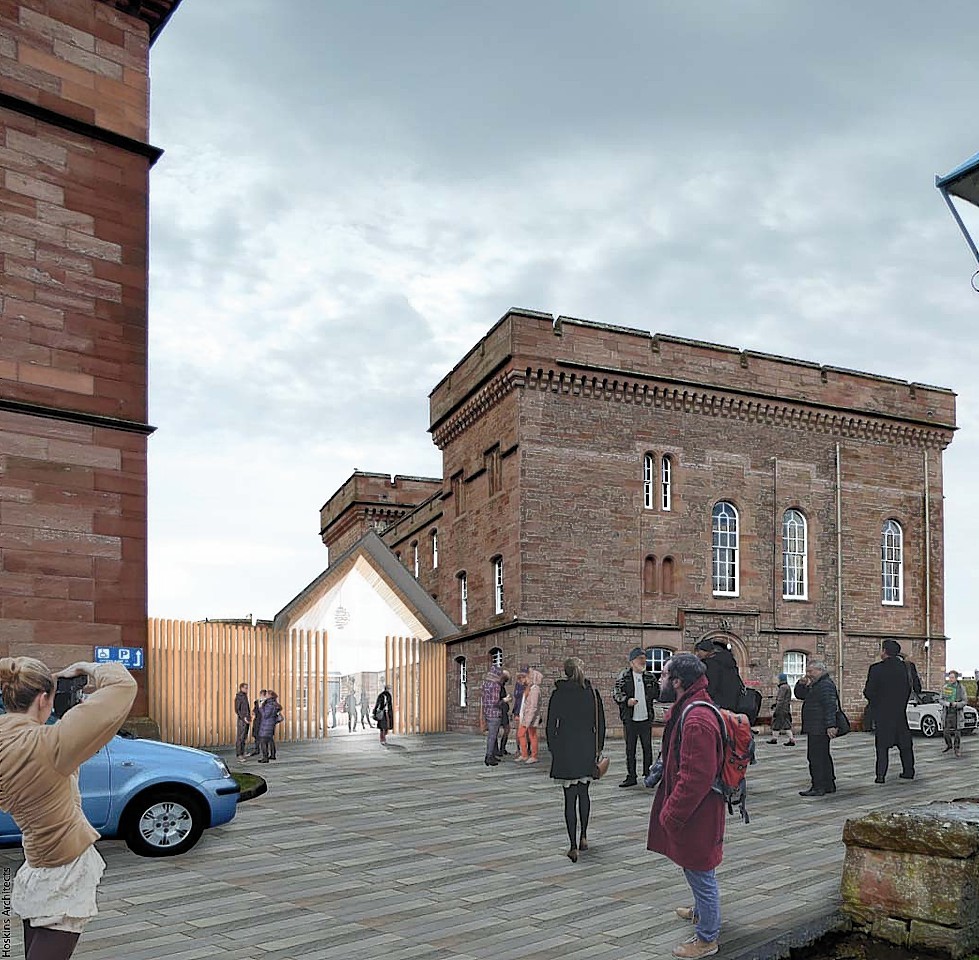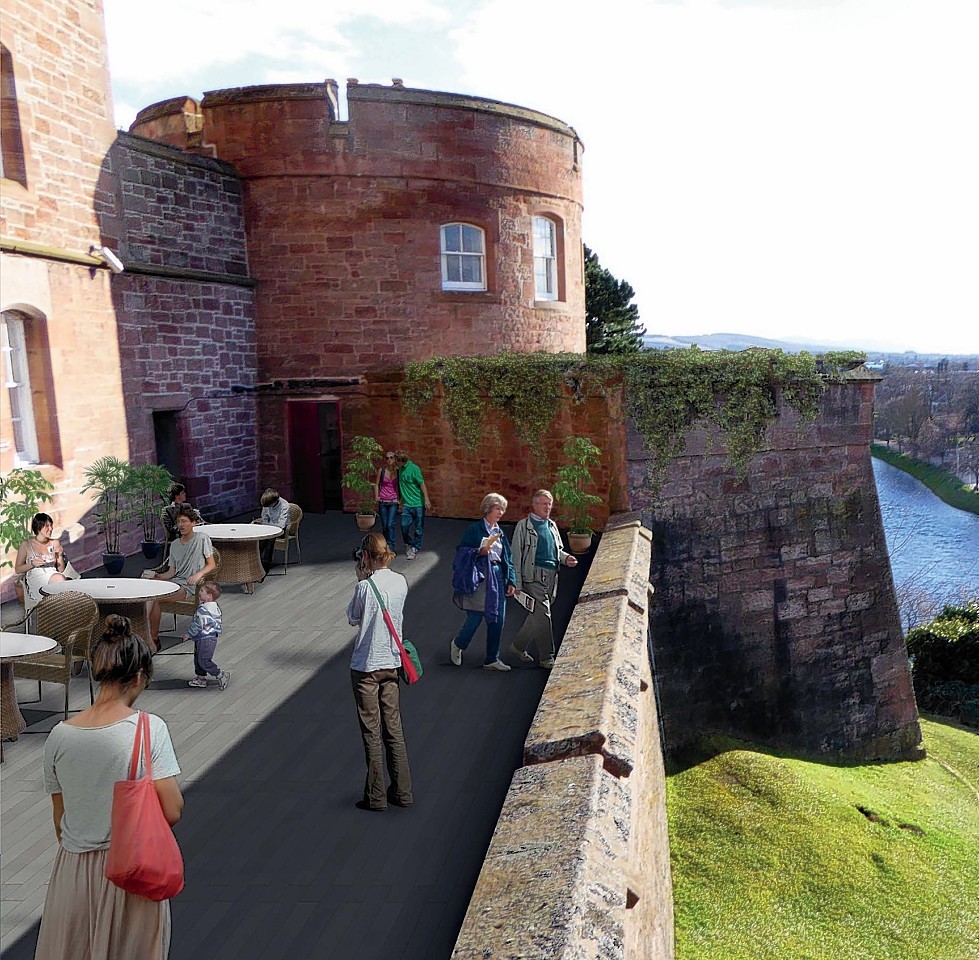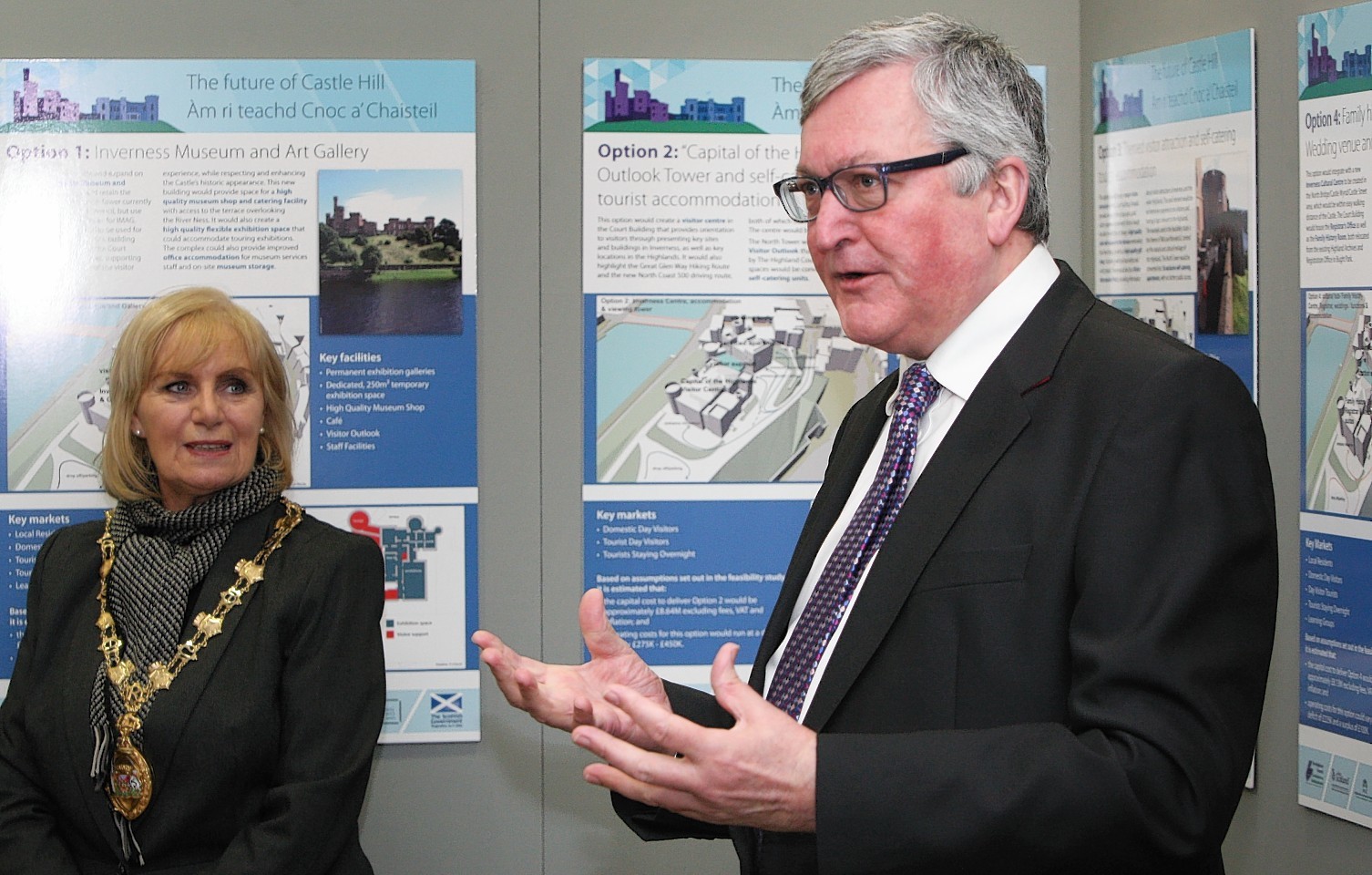Options for transforming Inverness Castle into a major tourist attraction have been unveiled to the public.
A consultation over the next two months will consider at least four ideas for revamping the site to incorporate a new museum, library and possibly new art gallery – once the criminal courts occupying much of the historic building are relocated.
Visitors to the exhibition and online display will also be invited to offer alternative suggestions.
The long-term vision is for a hugely more lucrative tourist draw after the daily procession of people going in and out of the court rooms in the castle has ended.
An exhibition aims to identify options for the hillside site to better promote tourism and culture, and benefit the wider economy.
It has been overseen by the Scottish Government, local council and business organisations under the wings of Tourism Minister Fergus Ewing and city provost Helen Carmichael.
Option one
- Would cost an estimated cost of £9.5million plus VAT – would relocate and expand the existing museum and art gallery.
Option two
- Has an £8.6million price tag, would create a visitor centre in the current court building.
Option three
- Would cost £10million, would create a major visitor attraction in the court complex.
Option four
- Would cost £8.1million, would feature a family history room, wedding venue and self-catering tourist accommodation.
Unveiling the draft designs, Mr Ewing could not put a timescale on when the new attraction would be built or how much it would cost but he promised it would reap significant riches for the whole of the region.
He said: “We want to see a new life for the castle that builds on its existing attraction, giving visitors and locals alike a quality offering that encourages tourists to both visit and stay longer.
“These things can’t be rushed. In fact they shouldn’t be, if you think about the Scottish Parliament building contract being rushed and look at what happened there.
“Invernessians have shown great patience up until now. I would be extremely surprised were they not to persevere now that it appears there is much more momentum behind the castle becoming a tourist attraction instead of being the depositary of the sheriff court.”
He added: “I am very keen that the castle finds a new life and we seize the opportunity to create something that will benefit Inverness and the Highlands as a whole.”
Planning permission has already been granted by Highland Council to convert the north tower of the castle into a £360,000 attraction in its own right, offering a viewing platform scheduled to open in June next year.
It has been estimated that more than 25,000 adults and 1,500 children will visit the facility each year.
Celebrating the latest milestone, Highland planning director Stuart Black said: “It’s an important day for Inverness and the Highlands.
“We’ve been trying to get the castle opened up for visitors for many years. We want to hear people’s ideas.”
The Scottish Courts and Tribunals Service has decided to relocate, but there is no indication where to or when.
A spokesman confirmed yesterday it had “approved an outline business case for an Inverness justice centre, subject to funding being made available” for a location “away from the castle”.
The consultation runs until January 22. The options are on display at the nearby Inverness Museum and Art Gallery and online at www.castlehill.info or www.invernesscastlehill.scot.
The castle buildings
The castle comprises two adjoining 19th century castellated buildings – the south-facing 1830s courthouse and the 1840s former prison, the north tower.
A castle is thought to have existed at the site since the 11th century.
The present red sandstone complex was built in the 1830s in two stages.
The court was designed by Scots architect William Burn to serve as the county hall of Inverness-shire and to house the High Court and council offices.
The north tower was designed by Thomas Brown as the jail and the castle is still used for sheriff and justice of the peace courts.
It was the site of earlier castles, one of which was blown up by Jacobites in 1746.
The castle featured in the Highland Clearances. Many people arrested during the Crofters’ Wars after the Battle of the Braes in 1882 were imprisoned and tried there.
Stewart Nicol
Inverness Chamber of Commerce chief executive Stewart Nicol, who had an input into the process, described the castle scheme as a “very important project”.
He added it was “long overdue” and issue that had “exercised and frustrated the city for far too long”.
Mr Nicol said: “To have tourists access the castle, to have a viewing platform and to hardwire Inverness into the rest of the Highlands with some of the options is exciting.
“It’s a genuine opportunity to get some significant revenues into the city as well.”
Jon Erasmus, who owns the nearby Glen Mhor Hotel on the banks of the River Ness, said: “It shouldn’t be a courthouse, that’s for sure.
“You see security vans pulling in and out, with groups of Japanese and Chinese tourists taking pictures of criminals going to their court hearings. It’s not really the ethos of the Highlands.”
Fraser Grieve, of the Scottish Council for Development and Industry, said: “It’s fantastic to be looking at making greater use of the castle complex.
“Anything that can be done to turn that into a tourism asset is hugely welcome for Inverness.”
City Provost Helen Carmichael said: “This is an opportunity to make a major impact on the Old Town of Inverness and to use one of the city’s most famous assets to keep visitors in the town longer and to attract new people.”



